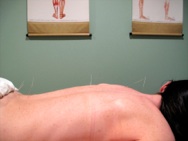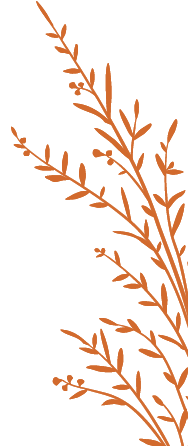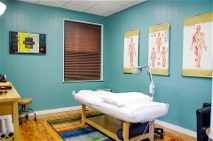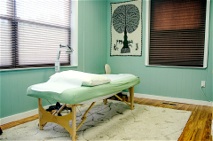Larchmont Acupuncture
Mei-Sang Hsieh, L. Ac.
1415 Boston Post Road, Suite 6, Larchmont NY 10538
(Between Weaver St and Chatsworth Ave)
(914) 320-7290 larchmontacu@gmail.com
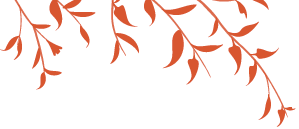
Larchmont Acupuncture
Mei-Sang Hsieh, L. Ac.
1415 Boston Post Road, Suite 6, Larchmont NY 10538
(Between Weaver St and Chatsworth Ave)
(914) 320-7290 larchmontacu@gmail.com

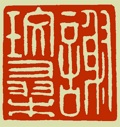
1. Interview
An acupuncturist needs to know the patient's condition well in order to provide good care. A thorough interview with observation of the tongue and palpation of the pulses is crucial.
2. Diagnosis and Treatment plan
After gathering all the information needed, an acupuncturist makes a diagnosis according to the principles of Chinese medicine which is unlike Western medicine. The diagnosis indicates the location and the quality of the imbalances in the body. A treatment plan will then be designed.
3. Treatment
In the treatment room the patient may need to undress partially, and then lies comfortably on a massage table with proper covering. Mei-Sang is skilled in hands-on techniques such as Myofascial Release and Trigger Point Therapy. These techniques may be utilized for patients suffering from chronic pain as part of assessment and treatment.
During acupuncture, 6 or more needles are used according to the condition. The insertion of extremely fine needles is usually painless. However, after the needles are in, the patient may experience dull achy or tingling sensations at or near the insertion sites. A sense of deep relaxation also travels through the body. These sensations are normal and an indication of the body's Qi being activated for healing. The strength of these sensations varies from person to person, and from condition to condition. The needles are retained in place for 20 to 30 minutes.
Other therapies may be incorporated. Cupping, the use of vacuum cups on the skin, is very effective at breaking up blockages and relieving pain. Moxibustion, the burning of rolled up Mugwort herb above the skin, can warm and stimulate the flow of Qi. Electrical stimulation provides continuous stimulation for pain conditions. A far-infrared heat lamp provides a penetrating and soothing heat.
4. Conclusion
After the needles are taken out, we then discuss self-care methods. Nutritional and Chinese herbal supplements may be suggested as well.
Treatment Frequency and Length
Treatment frequency and length varies greatly depending on the severity, duration, and nature of the complaint. Some acute conditions can be alleviated with 1 or 2 sessions. Chronic conditions usually require one or more courses of treatment. Generally speaking, 6 to 8 sessions within one month constitute one course of treatment. We then evaluate and plan for the next course of treatment if needed.
A Typical Session with Mei-Sang Hsieh:
